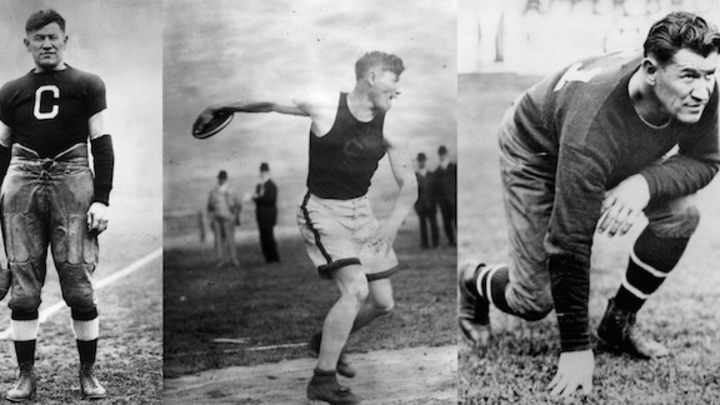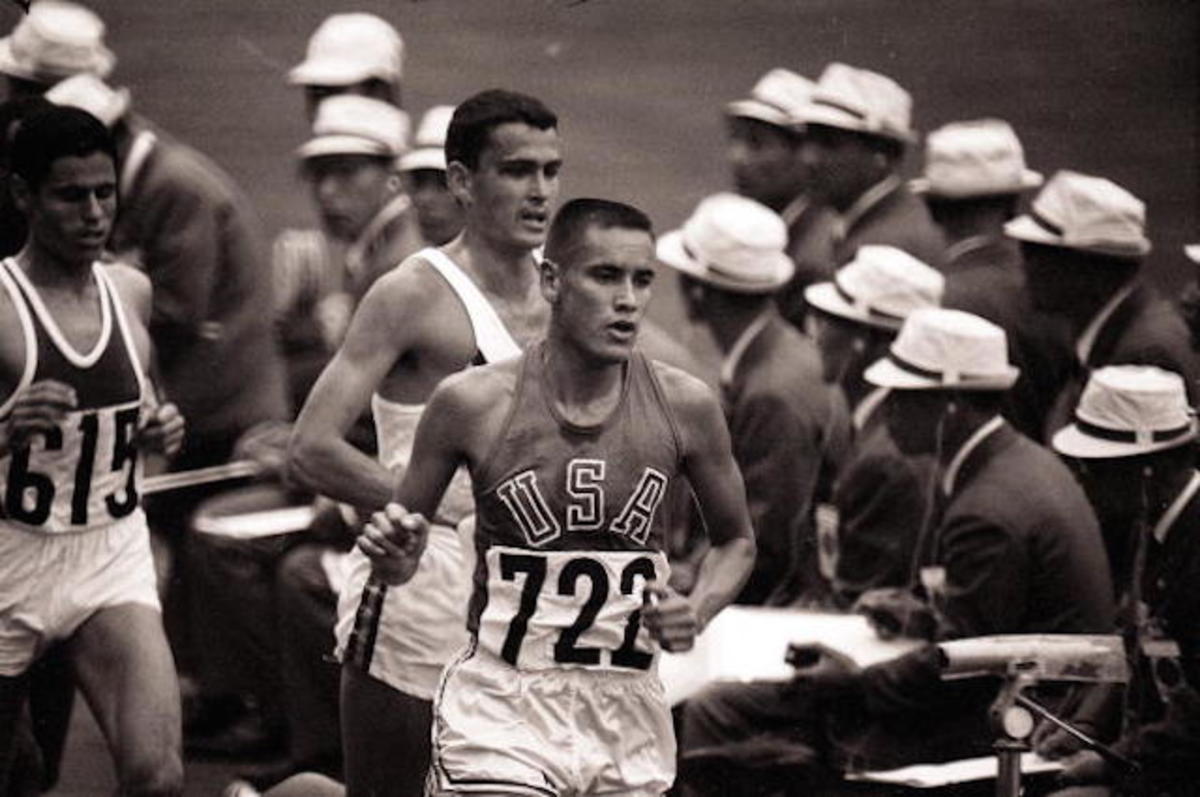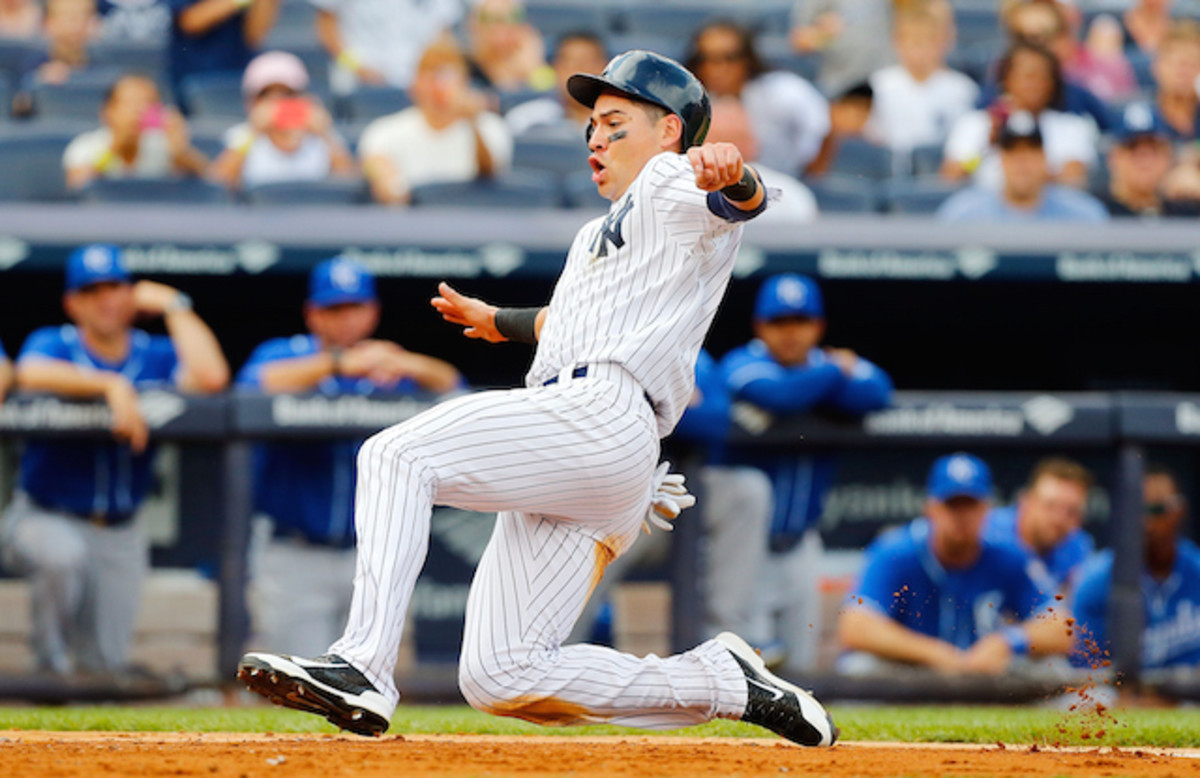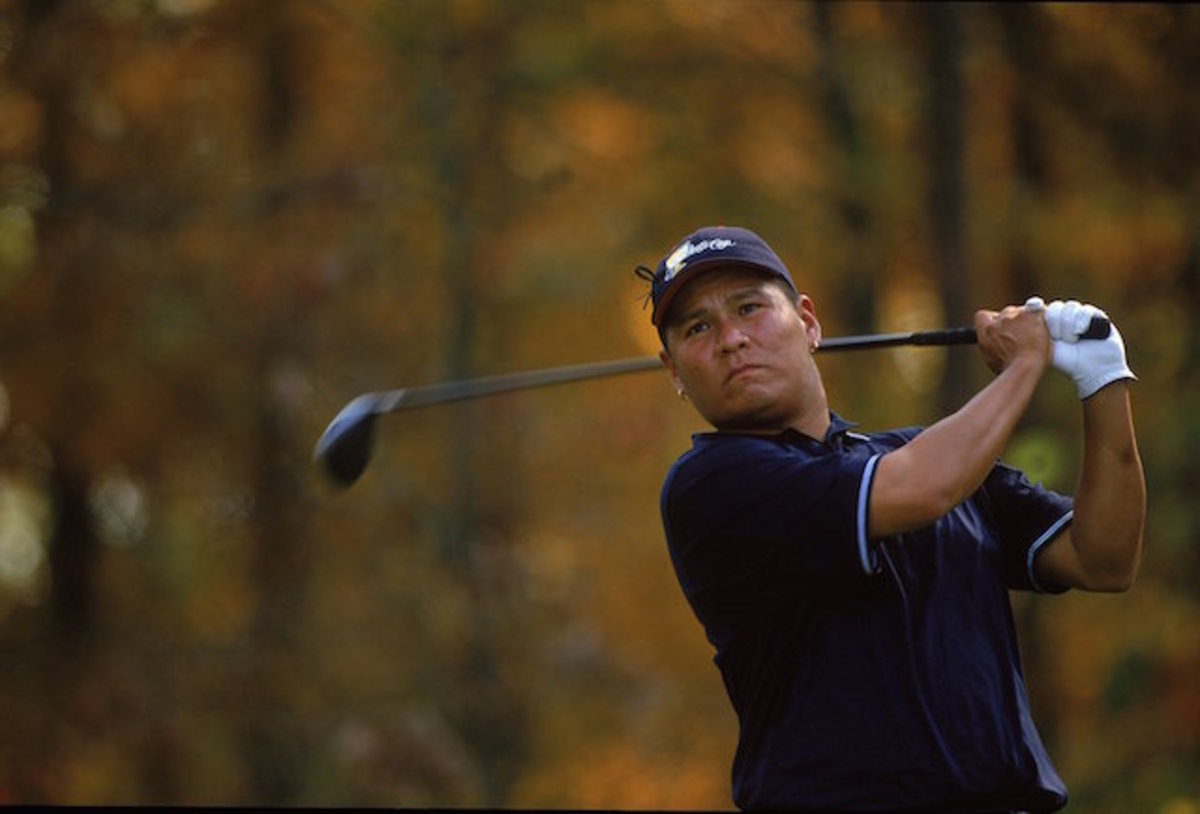A Thanksgiving tribute to Native American athletes

The first Thanksgiving went something like this: Pilgrims from Europe arrived in the New World. When they stepped off the Mayflower in what is now Massachusetts, these early immigrants adopted many farming and hunting techniques of the native Wampanoag tribe. The first Thanksgiving was a celebration of their first harvest and was shared between the Pilgrims and the Wampanoags.
Unfortunately, the goodwill didn’t last, and what followed was hundreds of years of marginalization of Native peoples. So on the day that commemorates the successful union of Native and new American cultures, we’ve collected four stories of American Indian contributions to the world of sports.
If you’d like to support a Native American student athlete, you can find out more about the Notah Begay III Scholarship Program, including information about how to donate, by clicking here.
JIM THORPE

If you live in America and you know anything about sports, then you’re probably familiar with Jim Thorpe. Widely considered one of the greatest athletes of all time, Thorpe was a multi-sport athlete who just couldn’t stop being awesome. Descended from Native American and European ancestry, Thorpe grew up in the Sac and Fox Nation in Oklahoma and attended Carlisle Indian Industrial school in Pennsylvania. Thorpe emerged first as a track star, and not long after he made his mark in collegiate baseball, lacrosse, and ballroom dancing.
Jim Thorpe's remains to stay in Pennsylvania town after legal battle
In the 1912 Summer Olympics, Thorpe won gold medals in the Pentathlon and Decathlon, and competed in the long jump and high jump competitions. He also played in exhibition baseball games at these Olympic games. As if that weren’t impressive enough, he won his gold medals wearing shoes he found in the garbage because someone stole the ones he brought with him.
Speaking of baseball, Thorpe played professionally with the New York Giants as part of their 1913 National League championship team, and barnstormed alongside the Chicago White Sox on a world tour.
But all of these aren’t even the sport Thorpe was best-known for: football. Thorpe spent most of his professional career with the Canton Bulldogs, with whom he won titles in 1916, 1917, and 1919. Today, the Jim Thorpe Award is given to college football’s top defensive back.
BILLY MILLS

Billy Mills is a member of the Oglala Lakota Tribe and is the second Native American (after Jim Thorpe) to win an Olympic gold medal in 1964’s Tokyo Olympics. Another multisport athlete, Mills trained as a boxer and a runner at Haskell Indian Nations University, where he ultimately left fight sports to focus on running.
A dark horse in the 1964 Olympics, Mills set a world record for 10,000 meters after sprinting past the two leaders in the final lap. NBC analyst Dick Bank could be heard shouting “Look at Mills!” as the race unfolded on TV:
After the Olympics, Mills set the world record for the six-mile run in 1965. He’s been inducted into the National Track and Field Hall of Fame, the US Olympic Hall of Fame, and the National Distance Running Hall of Fame.
Mills co-founded a nonprofit group called Running Strong for American Indian Youth, for which President Barack Obama awarded him the 2012 Presidential Citizens Medal. To find out more about Running Strong for American Indian Youth, including info about how to donate, click here.
JACOBY ELLSBURY

Yankees center fielder Jacoby Ellsbury is the first Navajo American to play in MLB, and his list of accomplishments speaks for itself: he’s a two-time World Series champ, thrice led the American League in stolen bases, has been awarded the Golden Glove Award and the Silve Slugger Award, and was a 2011 All-Star.
Like Thorpe and Mills, Ellsbury was a pretty amazing all-around athlete. He lettered in five sports in high school in Oregon, where his family moved after living on a reservation until Ellsbury was five.
Ellsbury released his own line of red wine in 2010 called ZinfandEllsbury. Proceeds from ZinfandEllsbury benefits The Navajo Relief Fund, Project Bread: The Walk for Hunger, and Ellsbury Read Project:
NOTAH BEGAY III

You might recognize Notah Begay III as an analyst on the Golf Channel, but before his tenure behind the desk, he was a tour professional with one of the most unique putting styles in the sport. Begay is a switch-putter; that is, he putts both right- and left-handed depending on the break of the green. Begay was also Tiger Woods’ teammate at Stanford, but their friendship began long before college. When Begay was inducted into the Stanford Athletics Hall of Fame, Woods said in his speech:
"Let's go back 30 years ago," Woods said. "I was 9 years old, pretty hip with my Coke-bottle glasses. ... We're playing the Junior World down in San Diego, Optimist Junior World. At the time I was the only one of ethnic descent playing, and it was a tough and lonely road. At 9 years old, Notah being the elder statesman at 12, he came over to me and introduced himself. He says 'I'm Notah Begay, I'm just like you, and you'll never be alone. You'll always have a friend.' And from that day on, we've been brothers for life.”
Tiger played at the NB3 Challenge Tournament benefiting Begay’s NB3 Foundation, whose mission is to “reduce childhood obesity and type 2 diabetes among Native American children.” Begay himself is descended from Navajo, San Felipe, and Isleta tribes, and also provides support to Native American communities developing golf courses for personal use and to promote economic growth.
Follow Nicole Conlan and Extra Mustard on Twitter and Facebook
